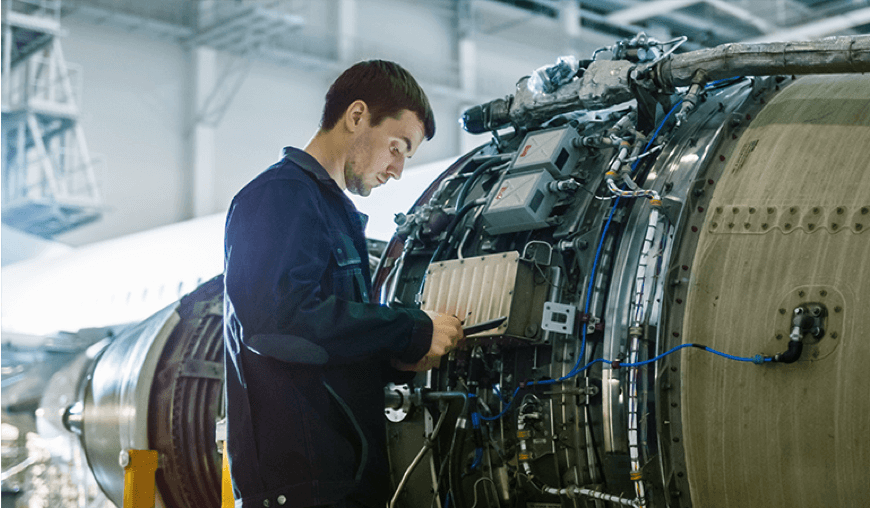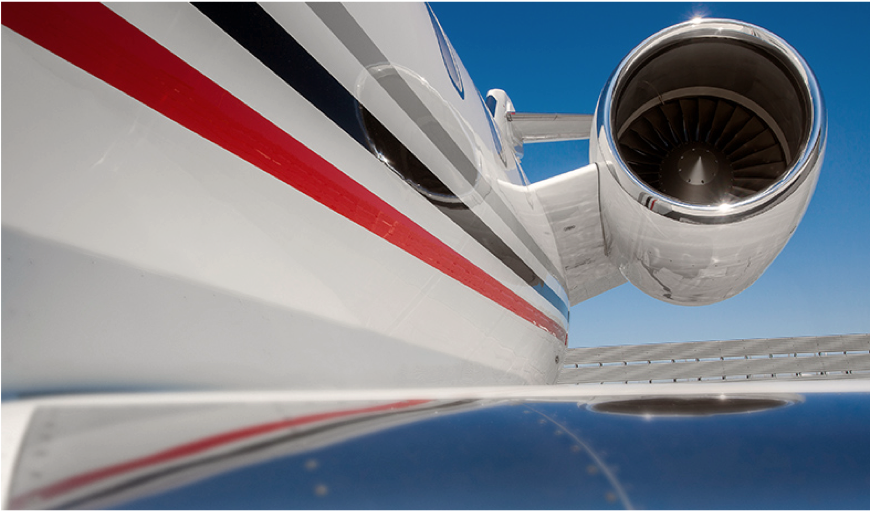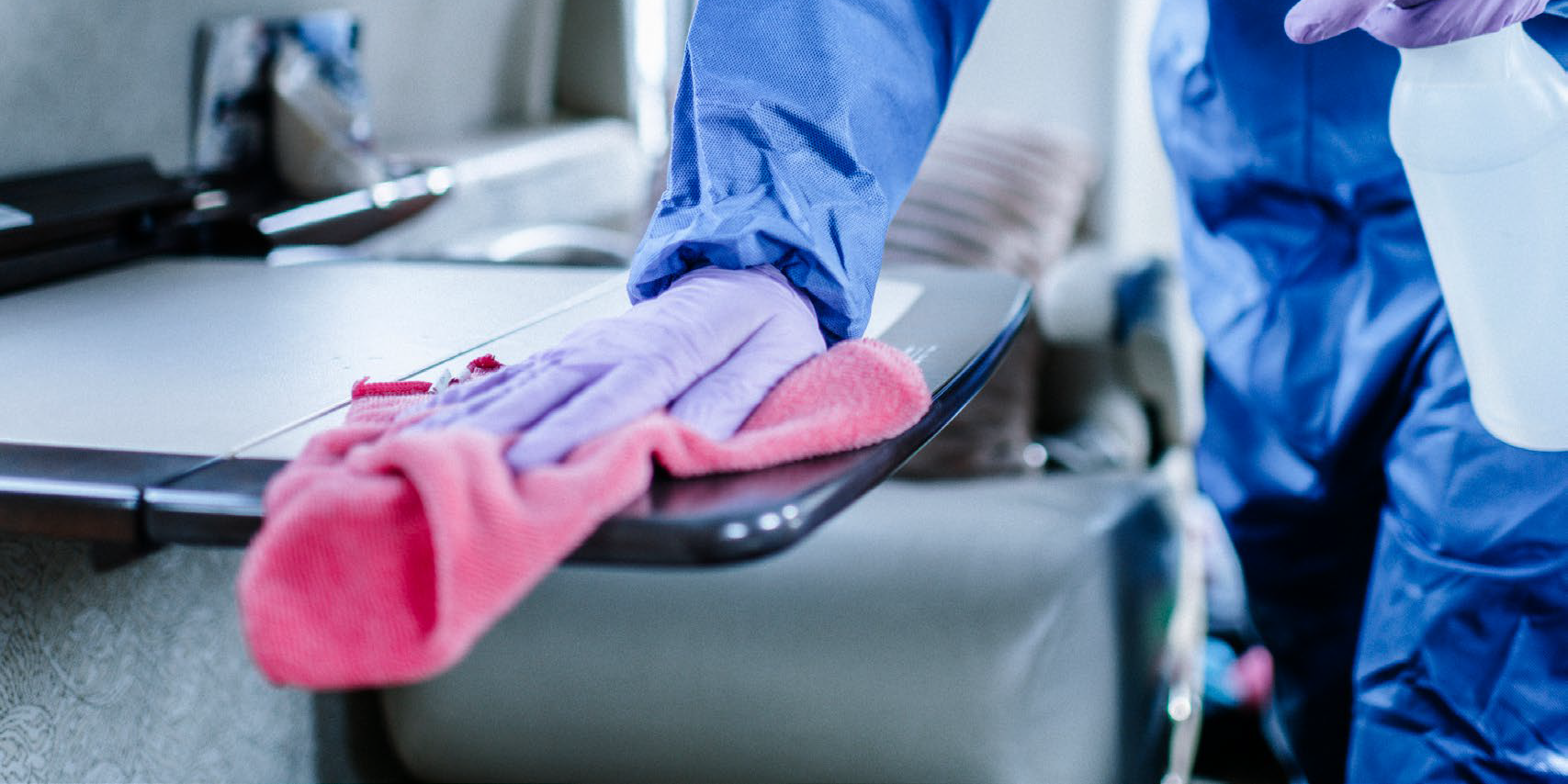
Aircraft Sanitization: Navigating the New Normal
Welcome to IEAG Insights
Our goal with this new feature is to share our knowledge and expertise for the benefit of our readers. We’ve been serving a vast roster of aviation industry clients for more than 60 years—and we are looking forward to sharing various key lessons learned with you. Our Insights series will look to offer practical guidance and advice derived from years of gained know-how, and is intended to help both educate and inform on various topics of interest to our aviation community. Please don’t hesitate to reach out with any comments or feedback at insights@innotech-execaire.com so that we can be sure to serve you better.
Aircraft Disinfection During a Global Pandemic: Navigating the New Normal
There is no doubt that COVID-19 has had a devastating impact on us in so many ways. We worry about our safety wherever we go—not just once we get there, but while we’re getting there. Transportation has become a stress-inducer. Air travel is a prime example. Travelling in a tight space in close proximity to others over extended periods of time presents significant concerns, even for the most unfazed by coronavirus. What are the alternatives? And how can we help our clients manage their fears?
Everyone knows the air travel industry has suffered greatly because of the pandemic. Commercial aviation has seen an unprecedented decline, and both airlines and industry organizations agree that a return to prepandemic travel volumes will not be achieved any time soon. In the face of this, there is an increased interest in private aviation as an alternative to commercial air travel. Newcomers to business jet travel in particular are seeking a safer option.
But is Business Jet Travel Really Safer?
There is a notion that flying privately reduces the traveler’s potential contact with COVID-19 and therefore, the risk of contracting it. Why is that? It has mostly to do with faith in operator sanitization protocols and the fact that travelers don’t have to navigate their way through enormous airport terminals where risk increases at every touchpoint on the journey.
But there is an additional benefit. On a typical business jet aircraft, there is another layer of protection—a fresh air benefit that is derived from the ambient air that circulates in the cabin, which is drawn from outside the cabin through the engine intakes. This air is then circulated and expelled rather than filtered and recycled, and new air is continuously drawn in to refresh the cabin during flight.
A Word of Caution
While it may be true that private jet travel can provide increased security against the virus, we want to caution you that notwithstanding the clean air cabin or pure air systems, if private operators do not follow sustained and robust aircraft cleaning protocols before, during and after flights, none of this matters. The best course of action is to confirm with your operator that sanitization and disinfection protocols are based on guidelines from the appropriate health and industry authorities, such as the World Health Organization (WHO), the International Air Transport Association (IATA), and local health authorities such as the Public Health Agency of Canada.
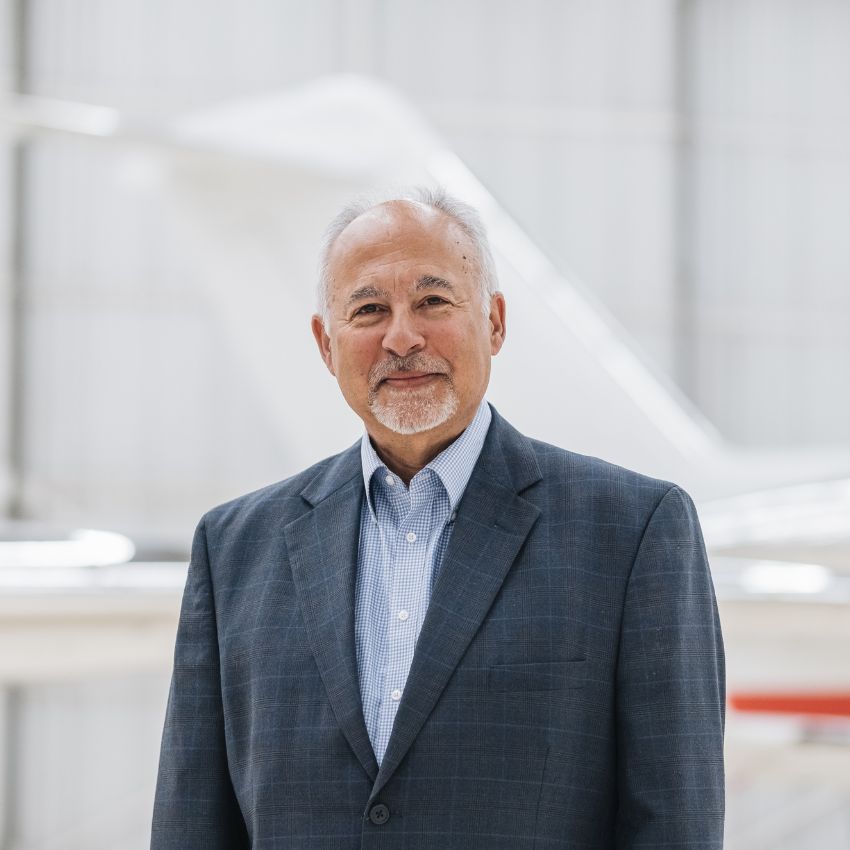
Introducing Our Aircraft Disinfection Expert
Effective health and safety measures are best explained by an expert, so we invited George Zarikos, Director of Maintenance at Innotech- Execaire Aviation Group, to share his thoughts on disinfection. With unparalleled knowledge gleaned after almost four decades working in commercial
and private aviation, George has key insights into safe and effective disinfection practices and procedures for operators.
“Because of COVID-19, it is imperative that aircraft operators adjust to the new realities and make the necessary changes to their aircraft disinfection policies and procedures”
says George. “For example,” he points out, “deep cleaning and disinfecting of the aircraft cabin must be undertaken after every mission, using approved anti-viral products that are effective not only against coronavirus but many other enveloped and non-enveloped viruses.”
George points out that one simple post mission procedure method to ensure this happens is to have a process in place whereby the aircraft is sealed with a special sticker indicating that disinfection is required. The sanitization effort would then be completed by appropriately protected and screened maintenance and grooming personnel prior to anyone re-entering the aircraft and its return to active service.
The Details Matter
According to George, the devil is in the details. Part of the aircraft disinfection process is ensuring that all personnel have been trained on proper decontamination methods for aircraft cabins. “In addition to ensuring the use of protective equipment for cleaning and grooming staff, you should be sure that your aircraft operator offers proper training for hazardous waste disposal and the use and handling of disinfectant products,” explains George.
Training is essential for employee health and safety, and to avoid any damage in the aircraft’s soft materials, such as carpets, window shades, leather, upholstery, and varnished elements. “But above all, it’s imperative for a safe and secure passenger environment,” he adds.
Manufacturer’s Approval and Recommendations
Industry authorities strongly encourage private aircraft operators to follow all OEM recommendations for approved cleaning products to balance biosecurity with proper care of aircraft interiors—and George could not agree more. “Let’s take the example of bleach-based solutions. They could be corrosive—and therefore should not be used. If an operator decides to use products that are not approved, he should get OEM endorsement beforehand.”
Stakeholders in Safety
“In the COVID-19 reality, everyone can play a role in collective safety,” George points out. Private operators must ensure travelers get not only the safest but also the cleanest flight experience. Everyone on board is expected to follow public health guidelines. This means avoiding touching their faces, eyes, noses, and mouths, practicing routine handwashing with soap and water for at least 20 seconds, and/or using alcohol based hand sanitizer if soap and water are not available. “Everyone is a stakeholder,” he says.
The aircraft operator is a critical stakeholder in George’s view. “The operator’s priority is everyone’s safety—through specific safety procedures and protocols. That’s why both passengers and crew must follow the operator’s safety guidelines. Ensuring that your operator stays current is essential as guidelines are frequently revised to be up to date with health and industry authorities’ recommendations.”
If you’re in doubt or you have any questions, George encourages contact with operators about their sanitization and disinfecting protocols, processes and procedures.
“As the world economy gets moving and countries reopen their borders, the aviation industry will continue to strengthen its biosecurity protocols to regain customer confidence,” explains George. “And the personalized service offered by private operators means biosafety is ensured–all during a comfortable, convenient, and seamless travel experience.”
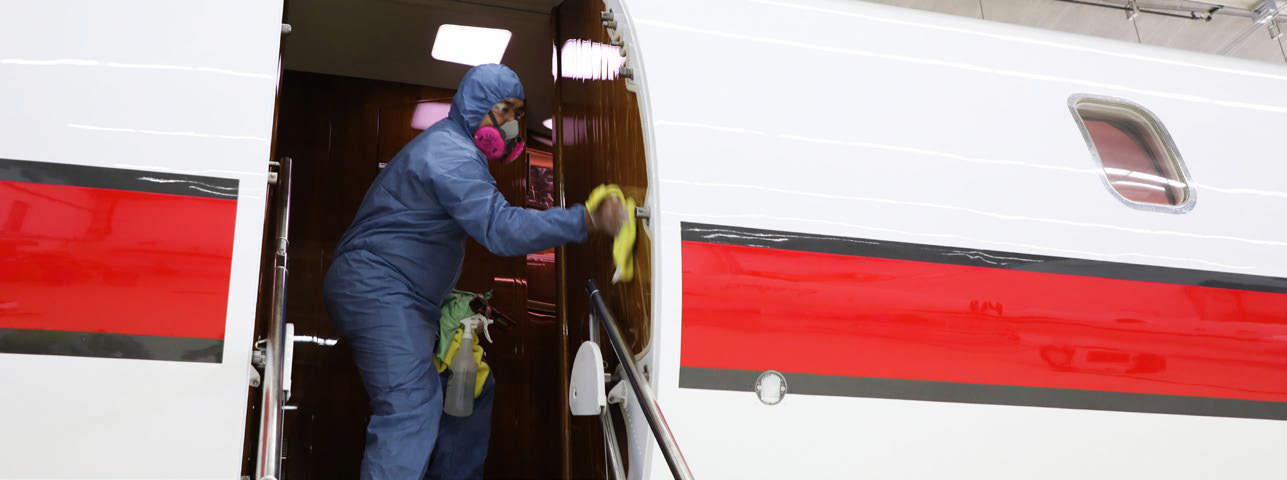
Happy flying, everyone, and stay safe!
